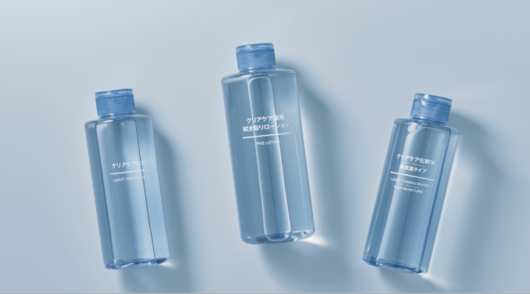The retail industry has been experiencing an intriguing wave of retail revival stories. Gap, Swarovski and J Crew are just a few of the aughts-favourite brands that have been making a comeback in recent years. Through a combination of strategic brand collaborations, such as Gap x Cult Gaia and J Crew x Christopher John Rogers, updated omnichannel operations and innovative new product developments, these brands have been climbing their way back up the retail ladder. Another brand th
brand that has been notably building itself back up is the mid-tier jewelry brand Pandora.
The jeweler’s Q3 interim financial report revealed that Pandora’s revenue increased by 11 per cent to reach US$880 million. In the first nine months of 2024, Pandora’s overall revenue increased by 15 per cent year-over-year to hit US$2.9 billion.
According to Alexander Lacik, Pandora’s president and CEO, and Luciano Rodembusch, the brand’s North American president, these improved figures can largely be attributed to the jewelry retailer’s updated approach to product design and bricks-and-mortar expansion.
In the same report, Lacik stated, “We are transforming the perception of Pandora into a full jewelry brand and unlocking the next chapter of our growth by attracting more consumers to our brand. Step by step we are capturing the many untapped opportunities, and we will continue to invest in our strategic growth initiatives.”
Pandora 2.0
The jewelry brand which originally launched in Copenhagen, Denmark in 1982, looks very different from the Gen Z-favourite brand it has become today.
Under the guidance of Lacik, a retail veteran with over two decades of experience working at consumer goods giants P&G and Reckitt, Pandora has undertaken an intensive, multi-tiered approach to reviving its image from a cutesy charm and bracelet company to an on-trend jewelry brand.
One key detail in the brand’s resuscitated image is its focus on sustainability.
In 2020, the brand announced its goal to only use recycled metals by 2025, a mission achieved sooner than expected in December 2023. Iny 2021, Pandora shifted from sourcing mined diamonds to using only lab-grown stones. That same year, Pandora also announced its brand transformation plan, aptly dubbed “Phoenix”, which focused on four growth pillars: brand transformation, design, personalisation and investment in core markets, particularly, the US and China.
Rising from the metaphorical ashes, the strategic plan has revived Pandora’s image and profits, especially amongst Gen Z consumers, who make up approximately 53 per cent of its buyer population.
With culturally relevant spokespeople including Pamela Anderson and musicians and actresses Chloe and Halle Bailey, alongside sustainable designs and relevant pop-culture collaborations, such as with K-pop group Red Velvet or the Netflix series “Stranger Things”, Pandora has successfully struck a chord with younger audiences.
How Pandora is closing the gap between the buyer and seller
In addition to a focus on sustainability and aesthetically trendy product designs, Pandora has also been at work overhauling its bricks-and-mortar stores.
In a discussion with Rodembusch, the brand president affirmed that Pandora will close out the year with almost 50 new or retrofitted locations that are aligned with the new store concept Pandora has been rolling out over the last few years.
The new concept is focused on removing the separation between the buyer and seller through design elements like a more open floor layout with more of the jewelry out in the open, versus being stored behind glass, to allow consumers to touch and try on merchandise.
Romdembusch explained that being able to have a side-by-side conversation between the buyer and seller, many of whom first became Pandora’s enthusiasts a generation ago, enhances the team’s storytelling capabilities.
Romdembush remarked that the brand has been experiencing a “busy season of remodels, renovations and relocations” and plans to open another 50 stores in the US by the end of 2025.
In the Q3 report, the brand stated that it expected to continue to outgrow the jewelry market, targeting annual high-single-digit organic growth, while maintaining best-in-class profitability with a gross margin of around 80 per cent and earnings before interest and taxes margin increasing from around 25 per cent today to 26 to 27 per cent in 2026.







